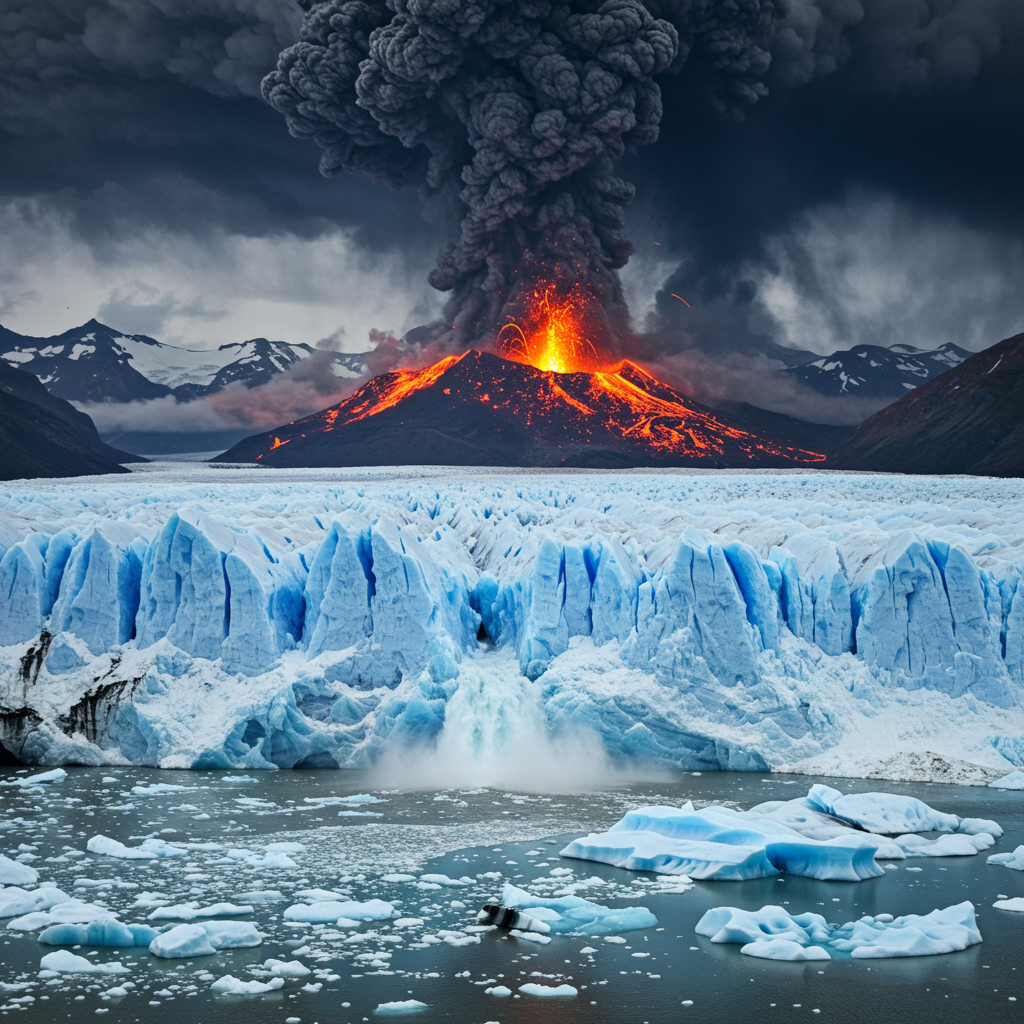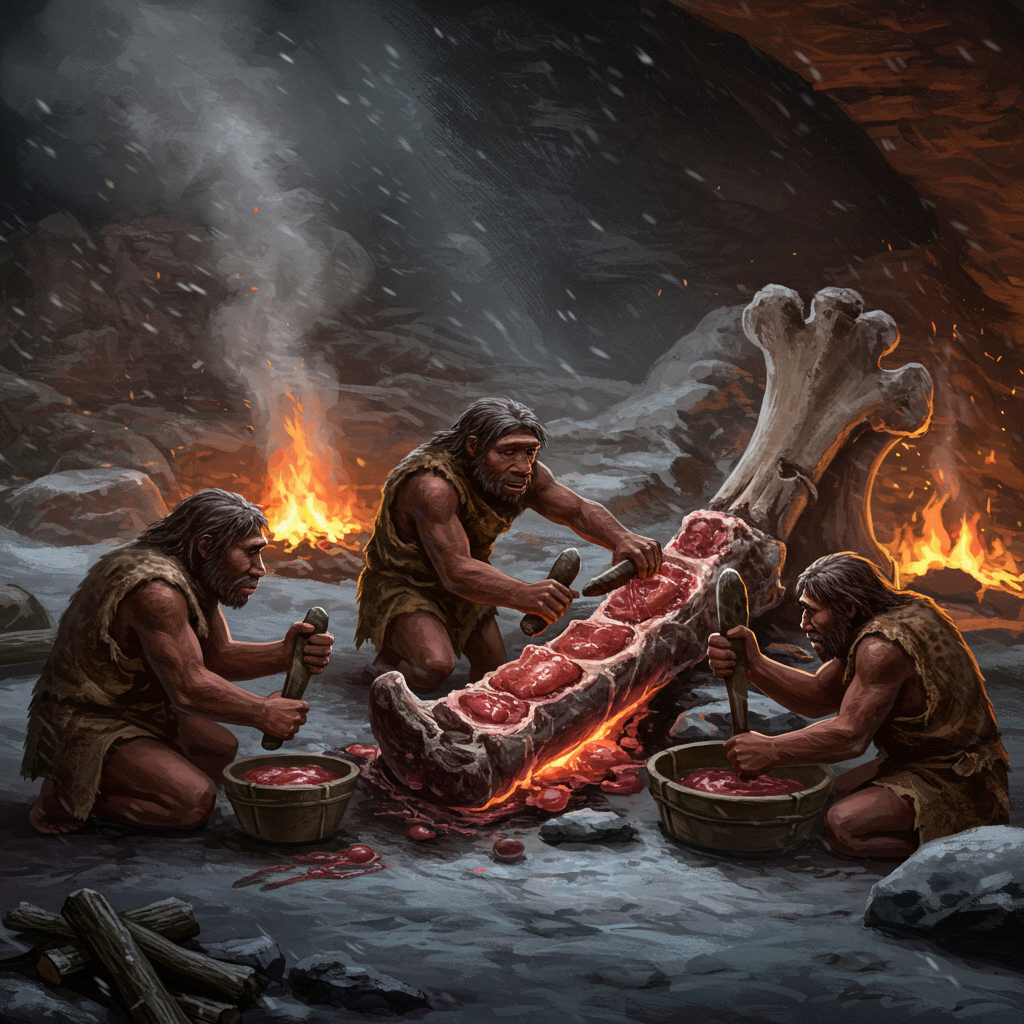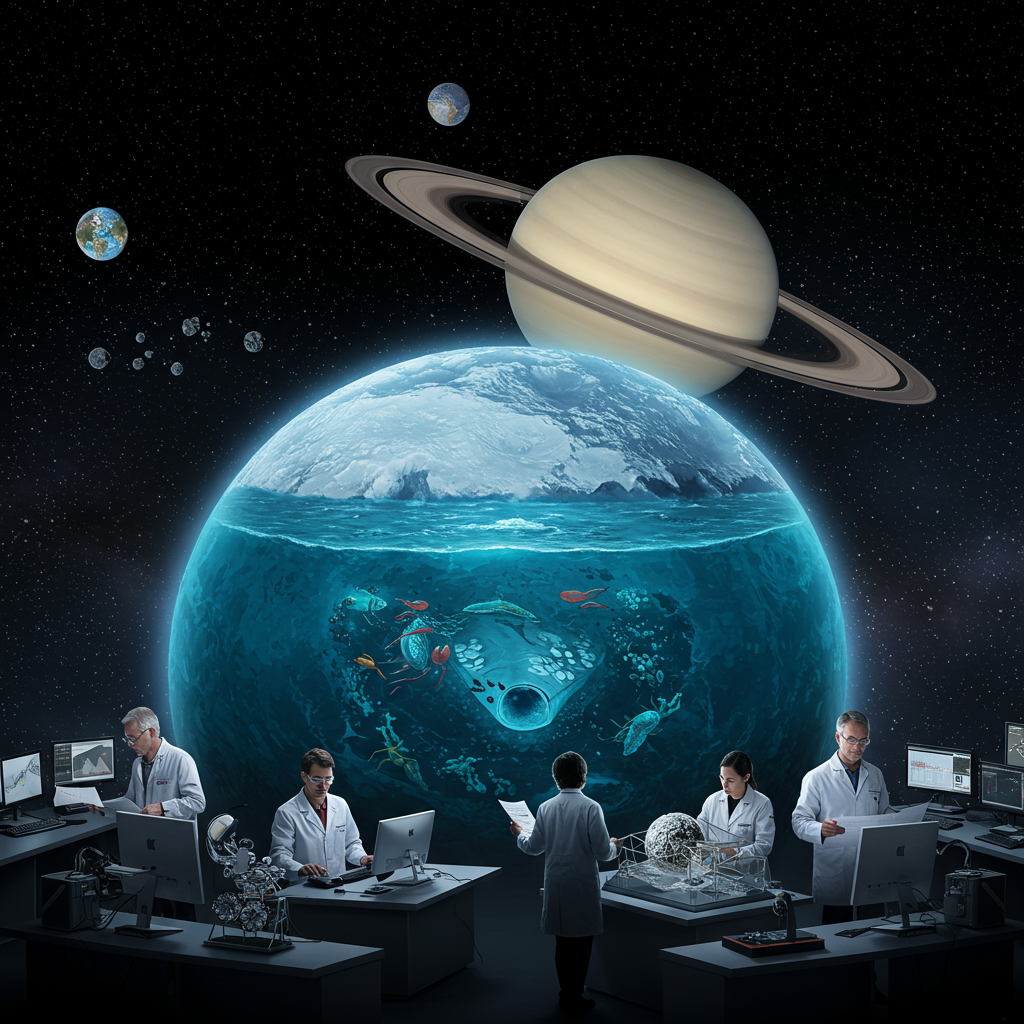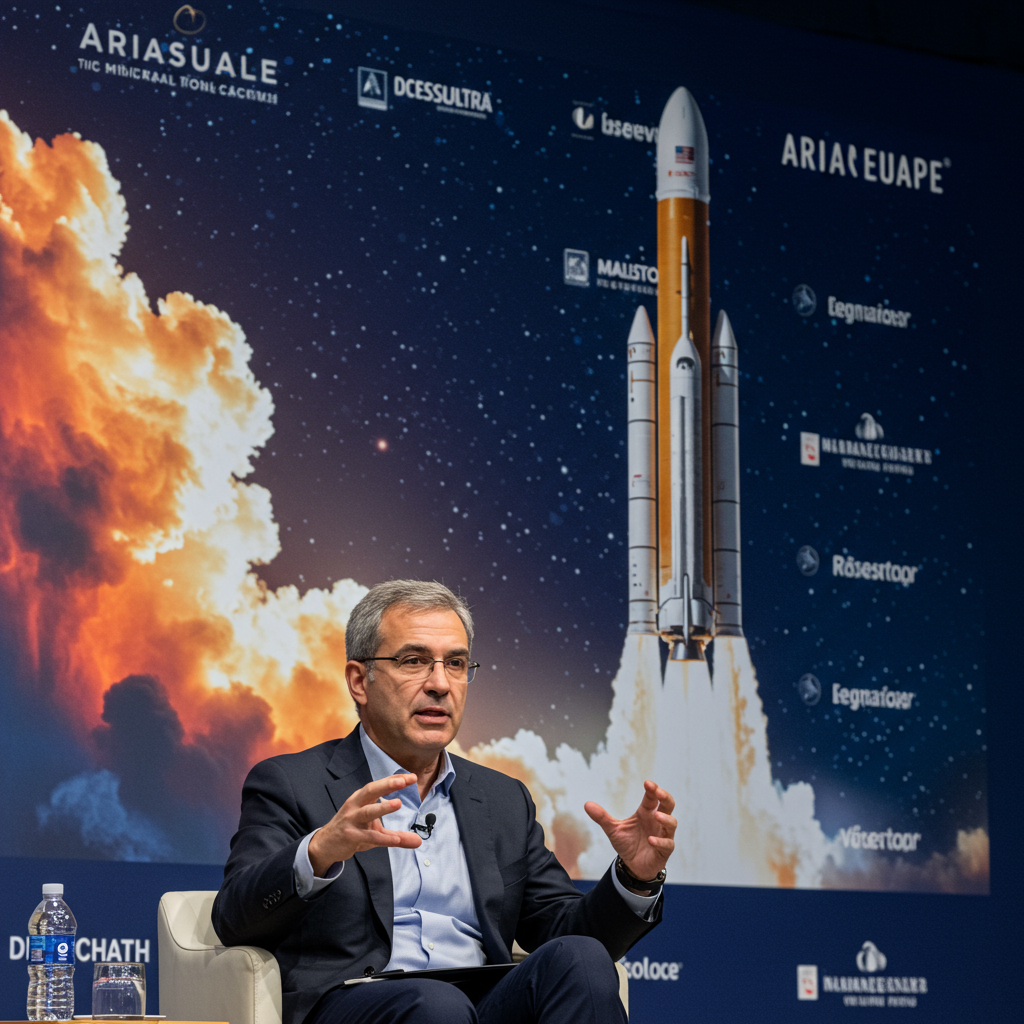The global climate crisis is melting glaciers and vast ice caps at an unprecedented rate. Now, cutting-edge research suggests this dramatic loss of ice could trigger a surge in powerful volcanic eruptions worldwide. Scientists warn this unexpected consequence adds another layer of concern to the complex impacts of planetary warming.
For centuries, the immense weight of overlying ice sheets has acted like a geological lid. This pressure effectively suppressed activity in underground magma chambers. As glaciers vanish, that colossal pressure lifts. This sudden release of pressure allows pent-up gases within the molten rock to expand rapidly. The result? Eruptions become not only more likely but potentially far more explosive.
While the link between glacial retreat and increased volcanism has been noted in places like Iceland, this new study provides critical evidence from a continental setting. The research, presented at the Goldschmidt geochemistry conference, examined past volcanic activity in Chile’s Andes mountains. Their findings reveal a clear pattern: as the massive Patagonian ice sheet melted after the last ice age, volcanic eruptions surged.
This crucial study was led by Pablo Moreno-Yaeger at the University of Wisconsin-Madison. The research team conducted fieldwork high in the Andes. They camped among active and dormant volcanoes to collect rock samples. Their detailed analysis offers a compelling look into Earth’s geological past.
Using techniques like radioisotope dating on volcanic rocks, the scientists pinpointed the age of ancient eruptions. They focused specifically on periods before, during, and after the last ice age. This was a time when a thick, 1,500-metre Patagonian ice sheet blanketed the region. Analyzing mineral composition in the rocks provided clues about the depth and temperature where the magma formed deep below the surface.
The data paints a clear picture. Between 26,000 and 18,000 years ago, when the ice cover was thickest, eruption volumes were significantly suppressed. This extended period allowed a substantial reservoir of magma to accumulate. It built up at depths of 10 to 15 kilometers (6.2 to 9.3 miles) underground.
Then came the end of the last ice age. Starting around 13,000 years ago, the Patagonian ice sheet began its rapid retreat. As the immense weight vanished, pressure on the deep magma chamber was released. Dissolved gases within the molten rock expanded dramatically. This built up internal pressure. The subsequent eruptions were not only more frequent but also more explosive.
Moreno-Yaeger explained the findings. “As glaciers retreat due to climate change, our findings suggest these volcanoes go on to erupt more frequently and more explosively.” The study also revealed a change in the magma’s composition after the ice melted. While suppressed, the magma melted surrounding crustal rocks. This process made the molten rock thicker and more viscous. When the pressure was released, this stickier, gas-rich magma fueled particularly violent blasts.
This phenomenon isn’t limited to Iceland’s unique geology. The Chilean study provides strong evidence that this ice-melt trigger can occur in continental volcanic systems too. Researchers warn that West Antarctica poses the biggest current risk. At least 100 volcanoes lie hidden beneath its vast ice sheets. These ice sheets are projected to melt significantly in the coming decades and centuries due to global heating.
Beyond Antarctica, other glaciated or previously glaciated continental regions also warrant serious scientific attention. These include parts of North America, New Zealand, and Russia. Scientists emphasize the need for increased monitoring in these areas. Understanding the potential for climate-driven volcanic activity is becoming critically important.
Increased volcanic activity could have complex effects on the global climate. Large eruptions can temporarily cool the planet. They shoot sunlight-reflecting particles high into the atmosphere. The 1991 eruption of Mount Pinatubo, for instance, briefly lowered global temperatures by about 0.5 degrees Celsius.
However, sustained or widespread eruptions could have the opposite effect over the long term. Volcanoes release significant amounts of greenhouse gases, including carbon dioxide and methane. A barrage of eruptions would pump these warming gases into the atmosphere. This could create a dangerous feedback loop: rising temperatures melt more ice, triggering more eruptions, releasing more greenhouse gases, and causing further global heating. This vicious cycle could amplify the climate crisis.
The researchers also note that other climate-related factors might influence volcanic activity. More extreme rainfall, expected with climate change, could potentially increase the explosiveness of eruptions.
Previous research has already shown an increase in global volcanic activity following the last ice age. Estimates suggest activity rose by two to six times. However, the Chilean study provides valuable insight into how this happened. It demonstrates the specific mechanism by which melting ice directly influences magma chambers and eruption characteristics. A similar process was also identified in analyses of rocks in eastern California in 2004, further supporting the idea that this is a widespread phenomenon.
Despite the clear historical link and potential future risk, scientists note a relative lack of comprehensive study on how current climate change is affecting volcanic activity. They stress that more research is “critically important.” This is necessary to better prepare for the potential damage volcanic eruptions could cause to people, infrastructure, and livelihoods. It is also vital for understanding and predicting potential climate-volcano feedback loops that could worsen global heating.
While the geological changes in deep magma systems unfold over centuries, the researchers offer a hopeful note. This extended timeline provides a window for scientists to monitor at-risk regions closely. Early warning systems could potentially be developed or enhanced to mitigate risks associated with future volcanic activity triggered by ice melt. The research was funded by the National Science Foundation, underscoring the importance of investigating these complex Earth systems.
This research highlights an unexpected and potentially significant consequence of global warming. The melting cryosphere doesn’t just raise sea levels or disrupt ecosystems; it might also be waking up dormant giants beneath the Earth’s crust. Understanding this intricate connection between ice, climate, and volcanoes is essential as the planet continues to warm.
Frequently Asked Questions
How does melting ice lead to more powerful volcanic eruptions?
Melting glaciers and ice sheets remove immense pressure from the Earth’s crust and underlying magma chambers. This pressure release allows dissolved gases within the molten rock to expand rapidly. This expansion creates significant pressure inside the magma reservoir. If the magma is also more viscous (thick), often from interacting with crustal rocks while suppressed, this internal pressure buildup can lead to more frequent and significantly more explosive volcanic eruptions once the overlying ice disappears.
Which regions are most at risk from ice melt-triggered volcanic activity?
Scientists identify West Antarctica as the highest-risk area currently. It hosts at least 100 volcanoes beneath thick ice that is rapidly melting due to climate change. Based on past evidence from Chile and Iceland, other continental regions with significant past or present glacial cover are also considered potentially vulnerable. These include parts of North America, New Zealand, and Russia, which warrant closer scientific monitoring and investigation.
What are the potential global impacts of increased volcanic eruptions?
Increased volcanic activity triggered by climate change presents several concerns. While large single eruptions can cause temporary global cooling by releasing atmospheric particles, sustained or widespread activity could release significant greenhouse gases like CO2 and methane. This could create a dangerous feedback loop, amplifying global warming and potentially leading to more ice melt and eruptions. Such events also pose direct risks to human populations, infrastructure, and local environments in affected regions.
Word Count Check: 1131




